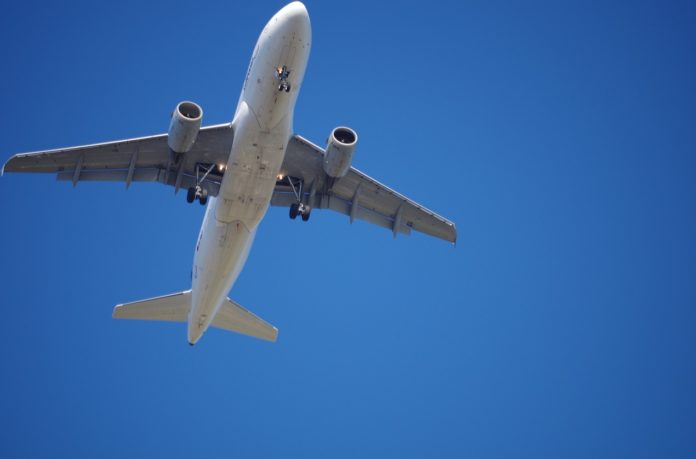
This report, tabled by the TRAN Committee in Parliament on March 19th, 2019, takes a strong stance in support of communities affected by aircraft noise. The Canadian aeronautics industry is criticized for its culture of secrecy, absence of transparency and the outdatedness of its data. Of particular importance are the 16 recommendations which propose a sweeping change to how aircraft noise is dealt with in Canada.
With regard to noise exposure and tolerance, the TRAN Committee found that Canada lags far behind other countries in studying aviation noise and its effect on human health. Experts told the committee that Canada’s Noise Exposure Forecast (NEF) does not reflect the latest scientific evidence on how human beings perceive and tolerate noise. Bob Sartor, the President of the Calgary Airport Authority, indicated that Calgary airport’s noise exposure forecast model has not “moved” since 1972, despite greater densification around the airport. One study cited in the report concluded that there is sufficient scientific evidence of a relationship between exposure to aircraft noise and five areas of human health and wellbeing: community annoyance, sleep disturbance/awakening, hypertension, cognitive and academic performance of children, and speech and communication interference. A World Health Organization’s (WHO) study also concluded that there is high-quality evidence of a link between aircraft noise and annoyance, which affects quality of life and is also a factor contributing to a wide variety of health outcomes.
The report contains 16 recommendations. Recommendation #6 affects West Calgary and requests that Transport Canada and Nav Canada study the implications of shifting the west approach to outside of the western boundaries of the city. This reroute of the extremely busy Sarcee Corridor, which impacts our communities, could do much to improve our health and the quality of our lives. However, there are other very busy east-west routes above us which continue to impact communities with noise. Our issue has always been the convergence/intersection of concentrated flight paths (both arrivals and departures) above Ward 6/the riding of Calgary Signal Hill.
Other important recommendations include: rotating the use of runways, modernization of outdated noise metrics, the introduction of evidence-based noise mitigation measures, the implementation of WHO noise standards, the creation of an independent Aircraft Noise Ombudsperson, the support of research on the impact of aircraft noise-related annoyance on human health, a night flight policy review, and the installation of noise reducing equipment on aircraft as soon as possible.
Whether any of the recommendations come to fruition remains to be seen. Historically, aviation organizations have been slow to implement change and update their processes, but change is long overdue. We look forward to Ron Liepert, our M.P. and a member of the TRAN Committee which produced this report, following through on these recommendations and ensuring their implementation.
A copy of this report can be found at www.ourcommons.ca/Committees/en/TRAN. All questions and concerns should be directed to Ron Liepert: [email protected], 403-292-6666.
Submitted by West Calgary Air Traffic Concerns Committee www.wcatc.ca @info_wcatc






